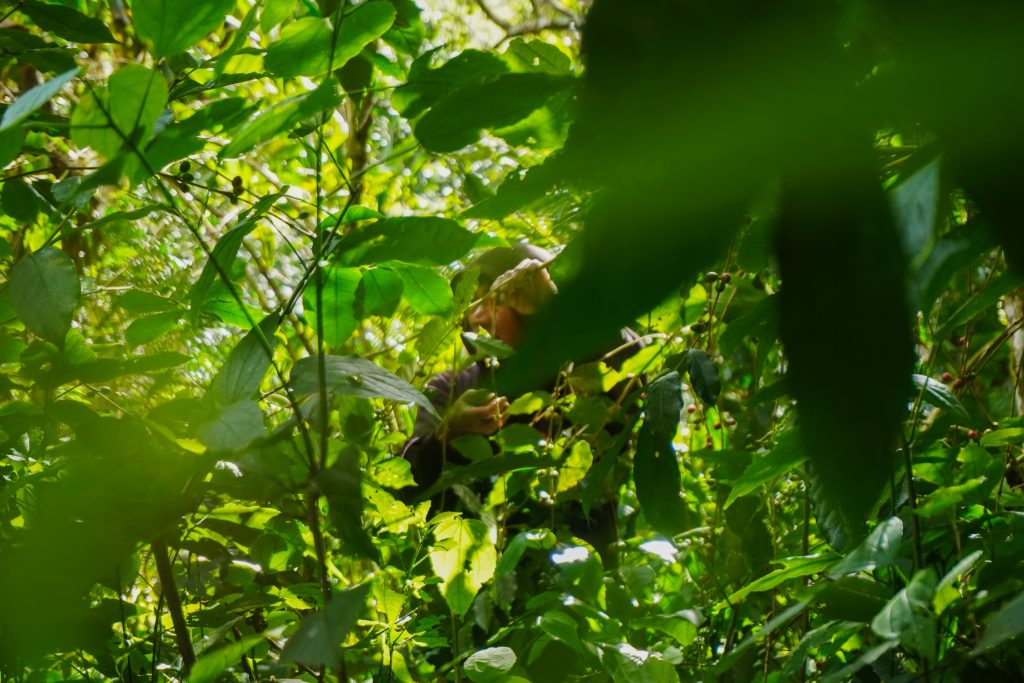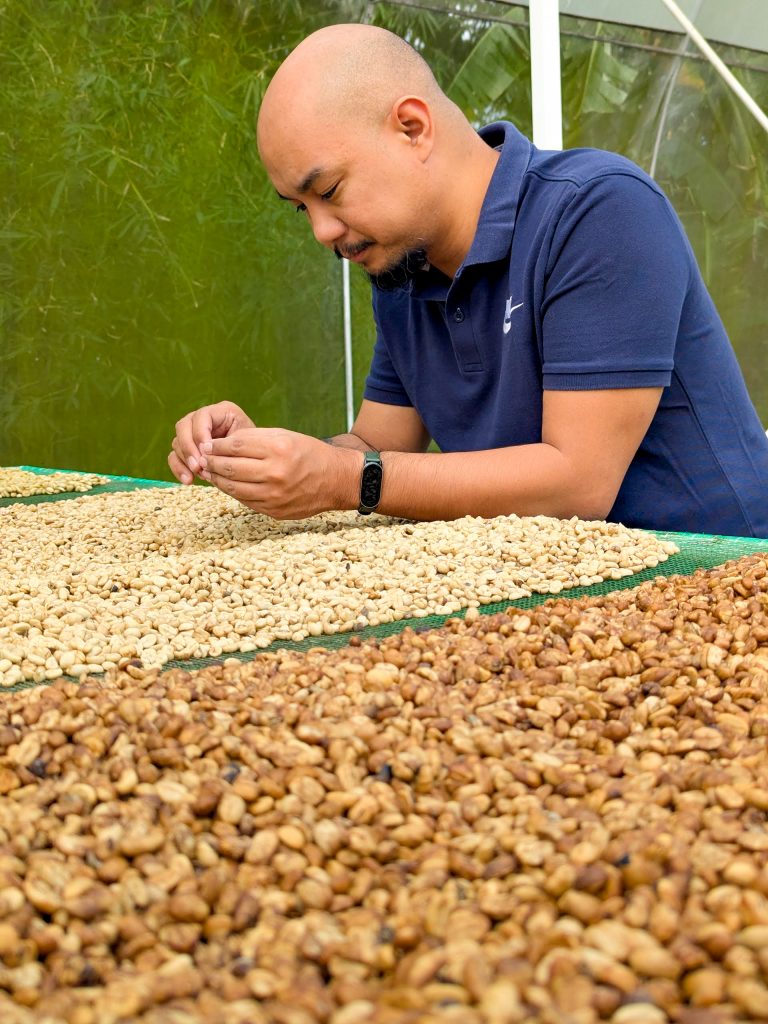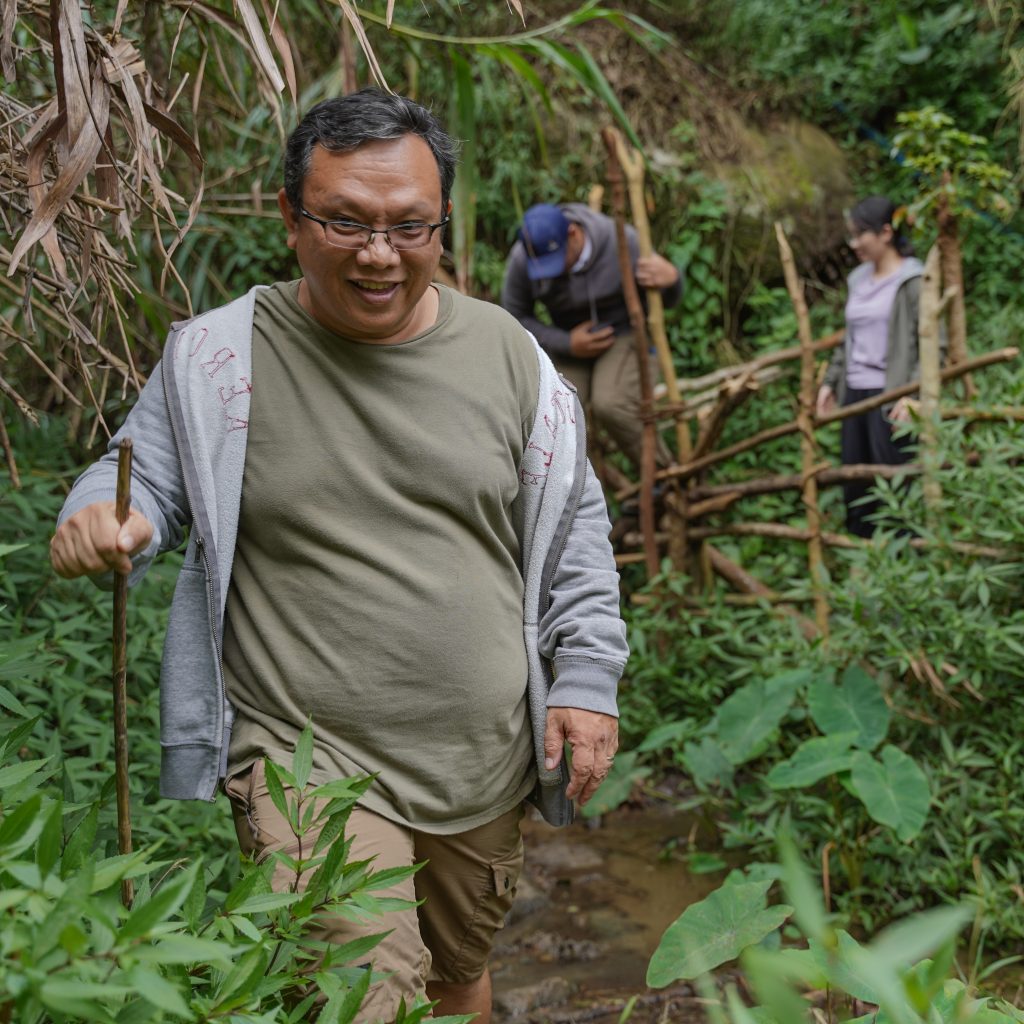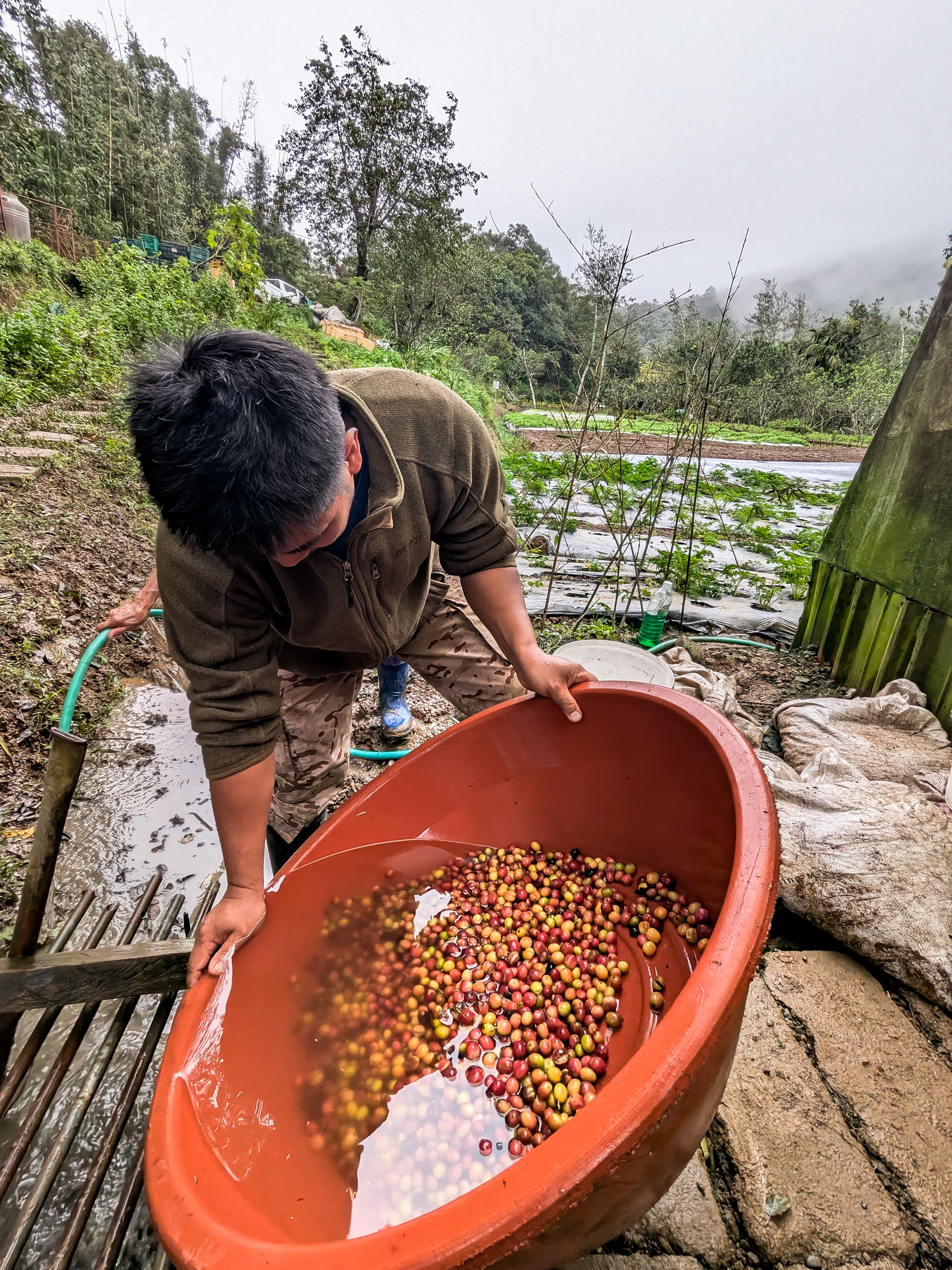This is part 5 of a 5-part series on Shade Grown, agroforsestry coffees.
Farmers as Part of the Ecosystem
Farmers in rainforest agroforestry systems are one species among many, interacting with soil, water, plants, and animals in ways that sustain life. Their labor of planting, pruning, harvesting is not separate from the ecosystem but woven into it. By maintaining canopy trees, preserving understory plants, and avoiding destructive practices, farmers support biodiversity, nutrient cycling, and water regulation.
In this context, human activity becomes another ecological process, reinforcing the balance rather than disrupting it. Farmers share the forest with birds, bats, insects, and mammals, all contributing to resilience and productivity.

Diversified Livelihoods Through Ecological Integration
Agroforestry coffee within rainforests provides more than just coffee beans. Timber, fruits, spices, and honey emerge alongside coffee, creating multiple income streams. These outputs are not artificial products of industrial intervention. Rather, they arise naturally from a diverse and productive ecosystem.
Diversification reduces risk for farmers. If coffee prices fluctuate or a pest outbreak occurs, other products from the same ecological network provide economic stability. The rainforest itself becomes a buffer against market volatility and environmental stress.
Cultural and Social Connections
Rainforest agroforestry coffee strengthens community ties. Local knowledge of planting cycles, canopy management, and forest stewardship is embedded in everyday practice. Intergenerational learning ensures that farming methods are adapted to both ecological realities and social traditions.
Coffee farms are cultural landscapes as well as productive ones. They link communities to the forest, preserve ancestral practices, and maintain local governance over land use. The work of farmers reinforces social cohesion while sustaining ecological function.

Resilience to Environmental Change
Agroforestry coffee within the rainforest naturally mitigates climate risks. Canopy cover moderates temperature extremes, preserves soil moisture, and reduces the impact of heavy rainfall. Pollinators, predators, and microbial communities support plant health, decreasing vulnerability to pests and disease.
By participating in these ecological processes, farmers increase both crop reliability and long-term sustainability. Resilience is not imposed externally but arises from the interactions among species—including responsible humans—within the rainforest.
Global and Local Significance
Rainforest agroforestry coffee contributes to food security, ecosystem services, and climate mitigation. By maintaining intact forest cover, farmers protect watersheds, sequester carbon, and sustain biodiversity. At the same time, they secure livelihoods and preserve cultural practices.
Consumers benefit as well. Each cup of coffee represents a system in which humans and nature coexist, where production is embedded in ecological harmony rather than extracted from it. Supporting these farms rewards practices that maintain both social and environmental sustainability.

Conclusion
Sustainability in rainforest agroforestry coffee is inseparable from ecological participation. Farmers are living components of the ecosystem, engaging in practices that support biodiversity, soil and water health, and pollination. Communities thrive as the forest thrives, and livelihoods are resilient because they are rooted in ecological balance. Coffee is therefore more than a crop: it is a bridge between humans and the rainforest, reflecting the shared life and ongoing cooperation that sustains both.

